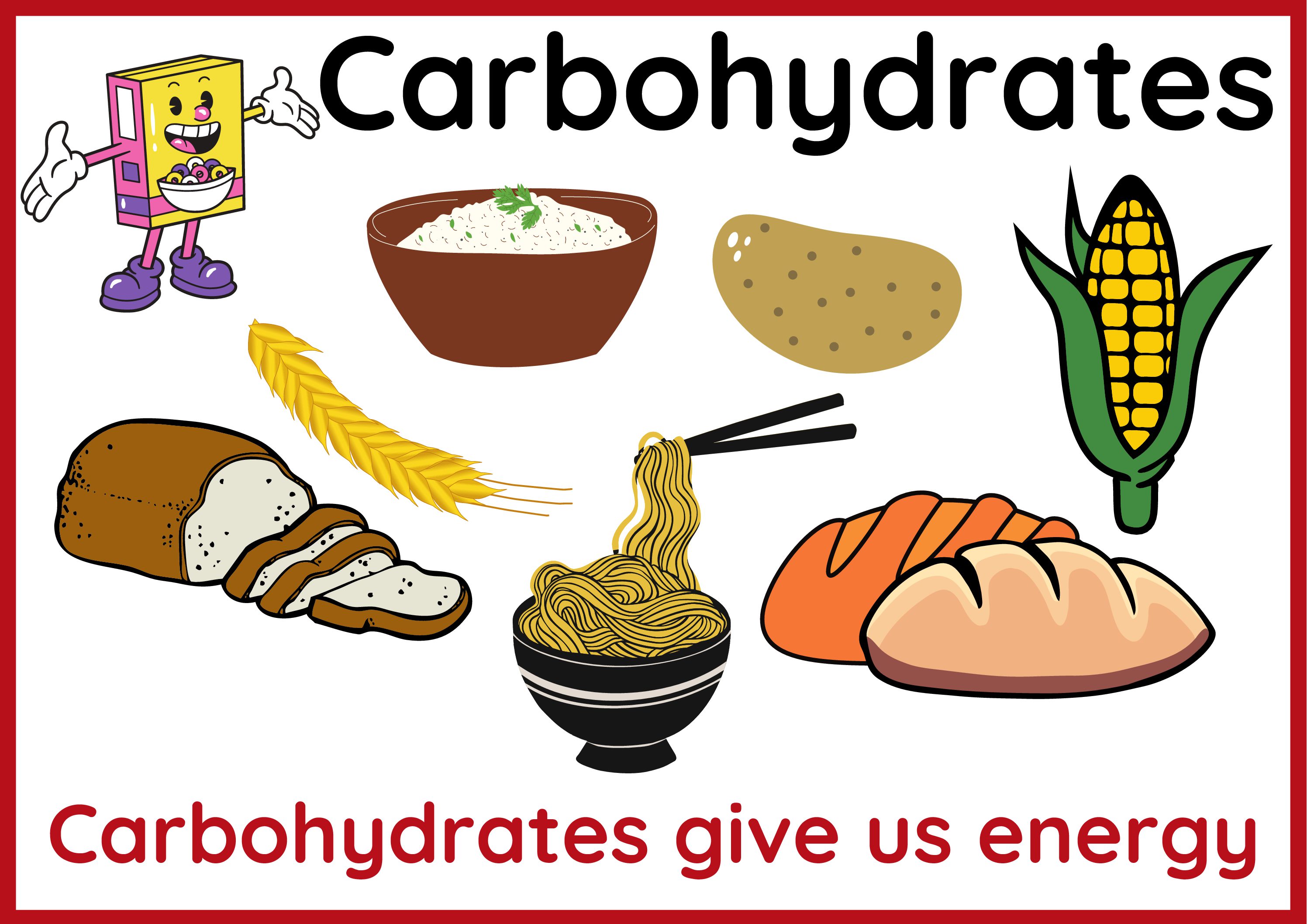Is A Carbohydrate Or Lipid A Better Source Of Energy

The human body, a marvel of biological engineering, demands a constant and reliable fuel source to power its myriad functions. For decades, the debate has raged: which macronutrient reigns supreme as the most efficient energy provider – carbohydrates or lipids (fats)? This isn't merely an academic question; understanding the body's energy preferences has profound implications for athletic performance, weight management, and overall health.
This article will delve into the complex metabolic pathways that govern energy production, comparing the advantages and disadvantages of carbohydrates and lipids as fuel sources. We will explore their roles in different physiological contexts, drawing upon scientific studies and expert opinions to provide a balanced and informative perspective. Ultimately, we seek to shed light on whether one macronutrient truly holds the edge in the energy game, or if the optimal fuel source depends on individual needs and circumstances.
Carbohydrates: The Quick Fuel
Carbohydrates are often hailed as the body's primary energy source. They are readily broken down into glucose, a simple sugar that can be rapidly utilized by cells. This rapid breakdown makes carbohydrates ideal for fueling high-intensity activities.
The body stores glucose as glycogen in the liver and muscles. Glycogen reserves, however, are limited. Once glycogen stores are full, excess carbohydrates can be converted into fat and stored in adipose tissue.
The Glycolytic Pathway
The metabolic pathway by which glucose is broken down to produce energy is called glycolysis. Glycolysis is a relatively fast process. It can occur with or without oxygen.
In the presence of oxygen (aerobic glycolysis), glucose is completely oxidized to carbon dioxide and water, yielding a significant amount of ATP (adenosine triphosphate), the cell's energy currency. Without oxygen (anaerobic glycolysis), glucose is converted to lactate, producing less ATP. This lactate buildup is associated with muscle fatigue.
Advantages and Disadvantages
Carbohydrates provide a readily available and quickly accessible energy source, especially important during intense physical activity. They are also essential for brain function. The brain primarily uses glucose for fuel.
However, the body's limited glycogen storage capacity means that carbohydrate reserves can be quickly depleted. This depletion can lead to fatigue and reduced performance. Furthermore, excessive carbohydrate consumption, particularly of refined carbohydrates, can contribute to weight gain and insulin resistance.
Lipids: The Sustained Power Source
Lipids, or fats, are a highly concentrated source of energy. They provide more than twice the energy per gram compared to carbohydrates or proteins. This makes them an efficient fuel source for prolonged, low-to-moderate intensity activities.
The body stores fat in the form of triglycerides within adipose tissue. Unlike glycogen stores, fat reserves are vast. This allows for a sustained energy supply over extended periods.
The Beta-Oxidation Pathway
The process by which fats are broken down for energy is called beta-oxidation. Beta-oxidation occurs in the mitochondria of cells. It involves breaking down fatty acids into acetyl-CoA, which then enters the Krebs cycle to produce ATP.
Beta-oxidation is an oxygen-dependent process. It requires a steady supply of oxygen to function efficiently. While it produces a large amount of ATP, it is a slower process than glycolysis.
Advantages and Disadvantages
Lipids offer a sustained and abundant energy source, ideal for endurance activities. They also play crucial roles in hormone production, cell membrane structure, and the absorption of fat-soluble vitamins. Moreover, fats contribute to satiety, helping to regulate appetite.
However, fat metabolism is slower than carbohydrate metabolism. This makes lipids a less efficient fuel source for high-intensity activities. Furthermore, excessive consumption of certain types of fats, particularly saturated and trans fats, can increase the risk of cardiovascular disease.
The Context Matters: Choosing the Right Fuel
The optimal fuel source is not a one-size-fits-all solution. It depends on the individual's activity level, exercise intensity, and metabolic profile. For example, a sprinter relies heavily on carbohydrates for quick bursts of energy. A marathon runner utilizes both carbohydrates and fats to sustain performance over long distances.
Dr. Emily Carter, a sports nutritionist at the National Institute of Health, emphasizes the importance of a balanced approach. "A healthy diet should include both carbohydrates and lipids in appropriate proportions, tailored to the individual's needs."
She also noted that "the type of carbohydrate and lipid consumed is crucial. Prioritize complex carbohydrates like whole grains and fruits, and healthy fats like avocados and olive oil over refined sugars and saturated fats."
Looking Ahead: Personalized Nutrition
Future research is likely to focus on personalized nutrition. This approach will consider an individual's genetic makeup, gut microbiome, and lifestyle factors to determine the optimal macronutrient ratios for energy production and overall health. Advanced metabolic testing could offer insights into an individual's ability to utilize carbohydrates and lipids efficiently.
As our understanding of human metabolism deepens, we will likely move away from simplistic recommendations and embrace a more nuanced approach to fueling the body. Ultimately, the goal is to optimize energy production and support long-term health by tailoring macronutrient intake to individual needs.
The debate over carbohydrates versus lipids as the superior energy source is likely to continue. However, it's clear that both macronutrients play essential roles in providing fuel for the human body. The key lies in understanding their individual strengths and weaknesses and tailoring intake to meet specific needs and goals. A balanced and mindful approach to nutrition, guided by scientific evidence and expert advice, is the most effective path to optimal energy and well-being.

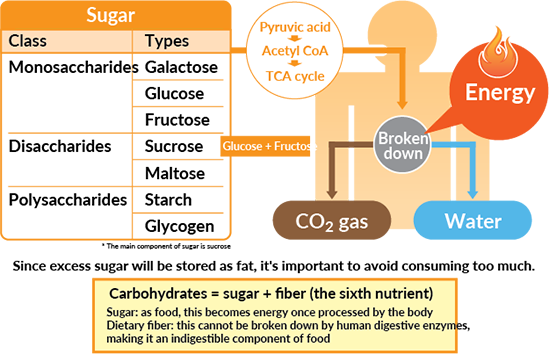



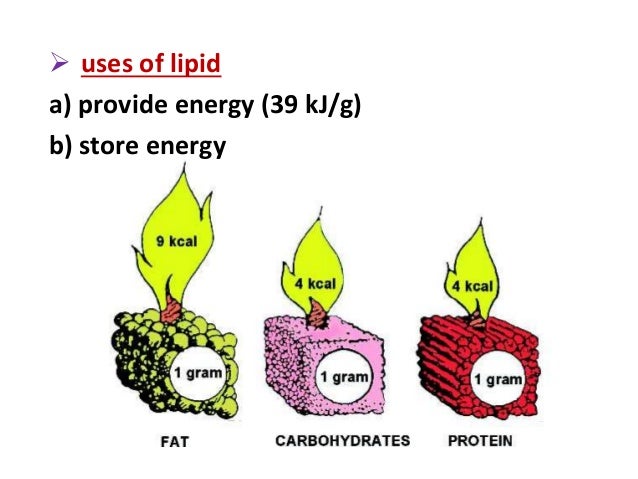
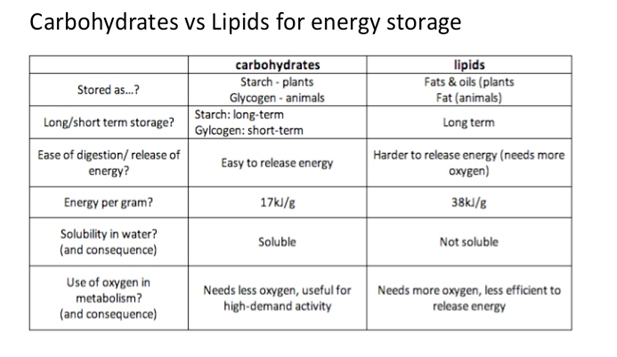

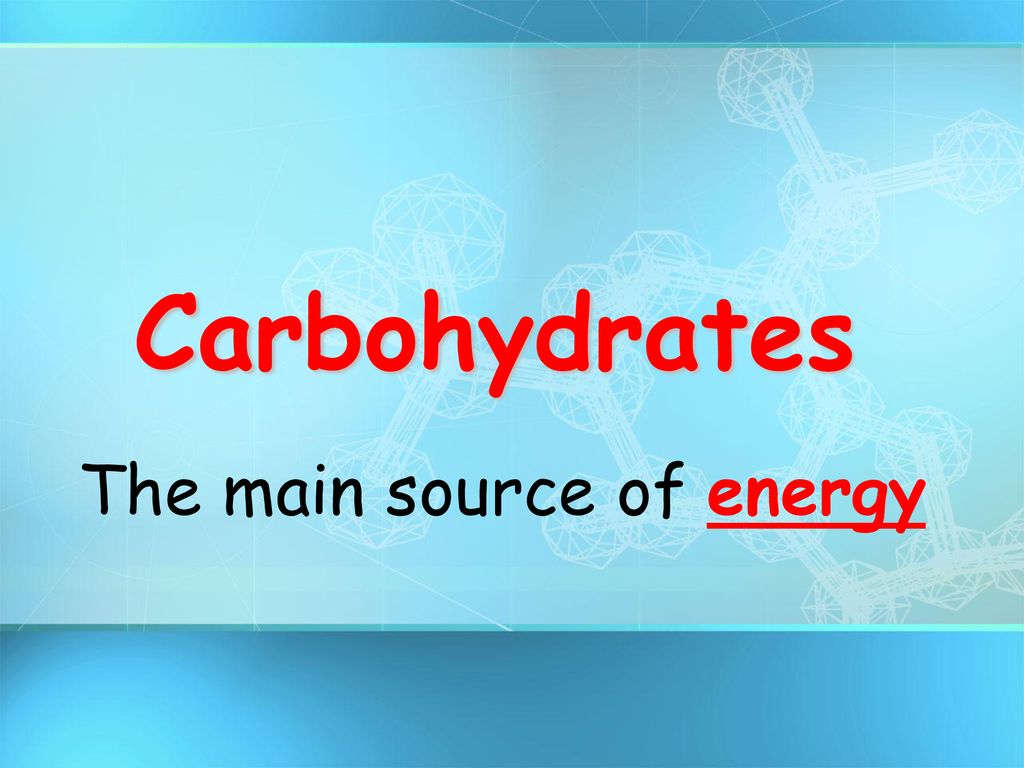


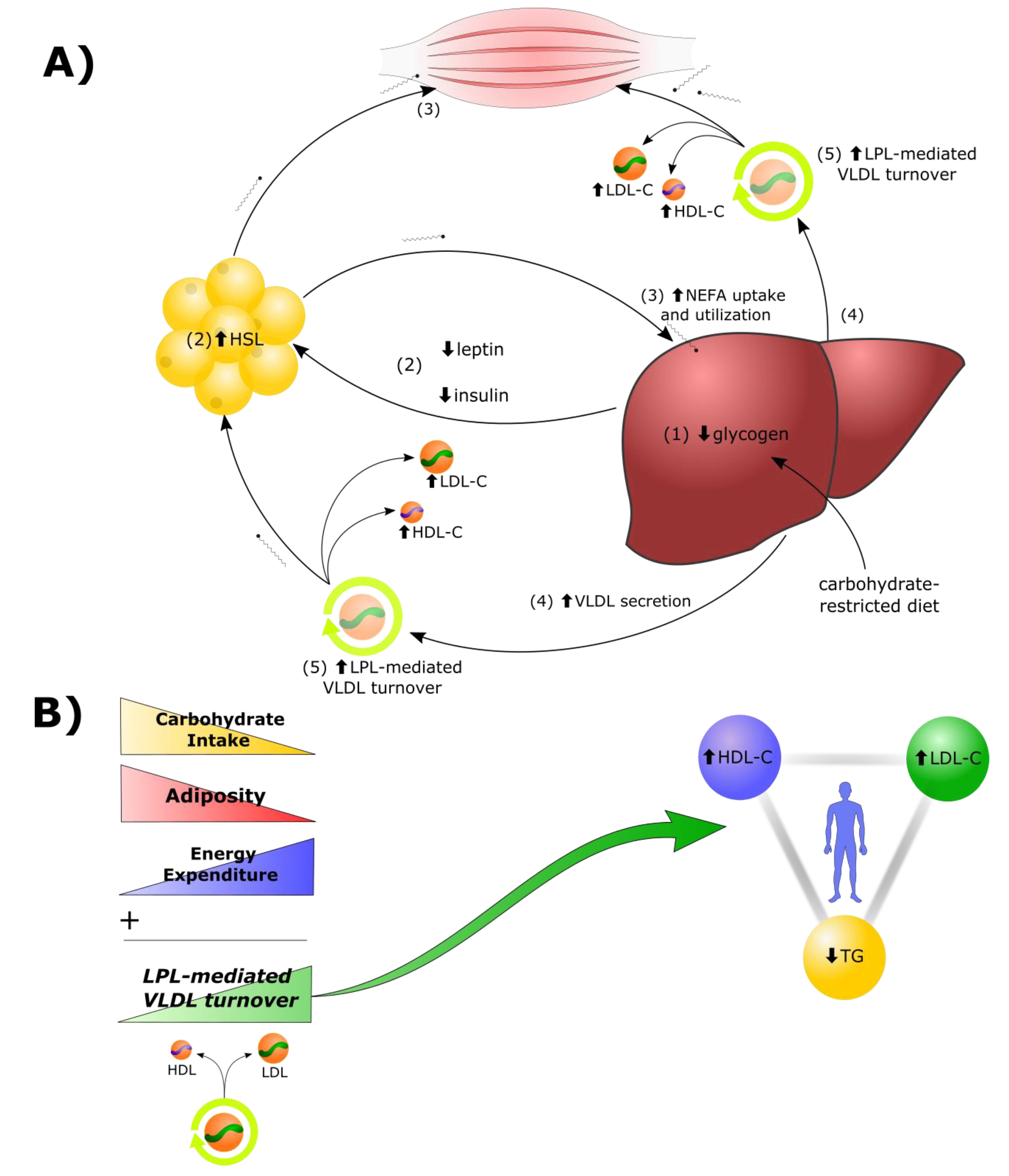

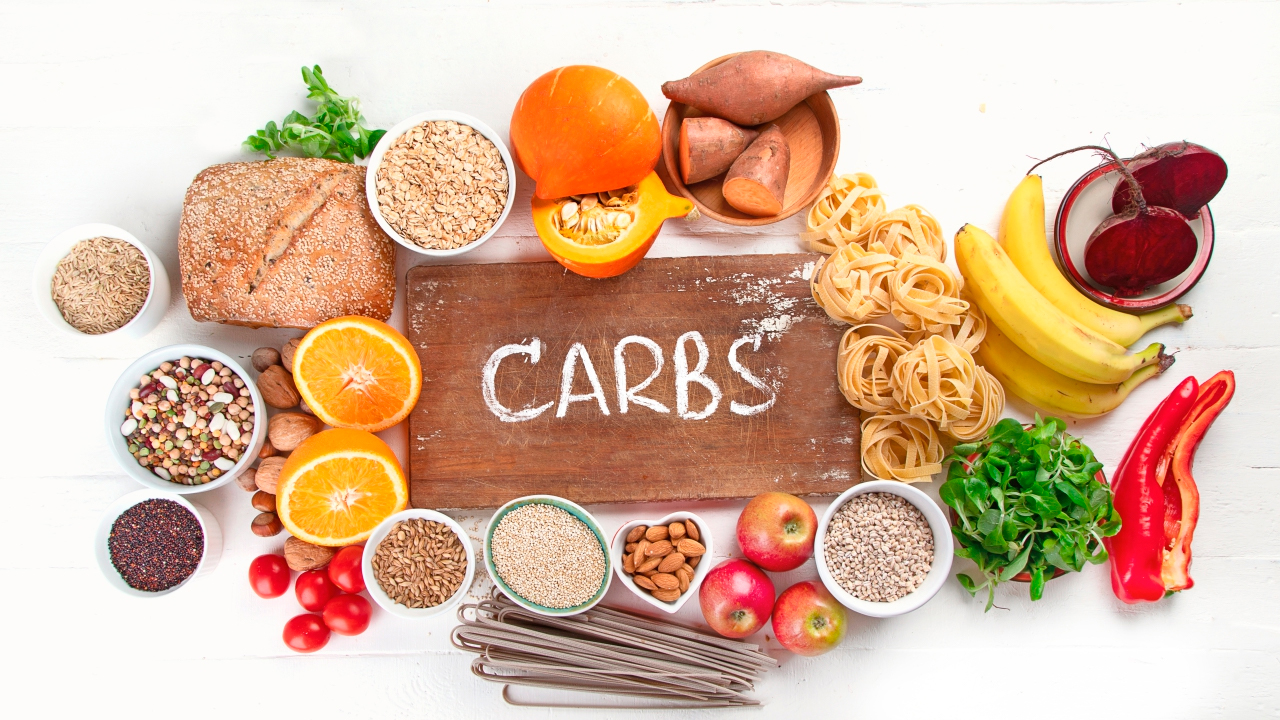

:+9+kcal.jpg)

